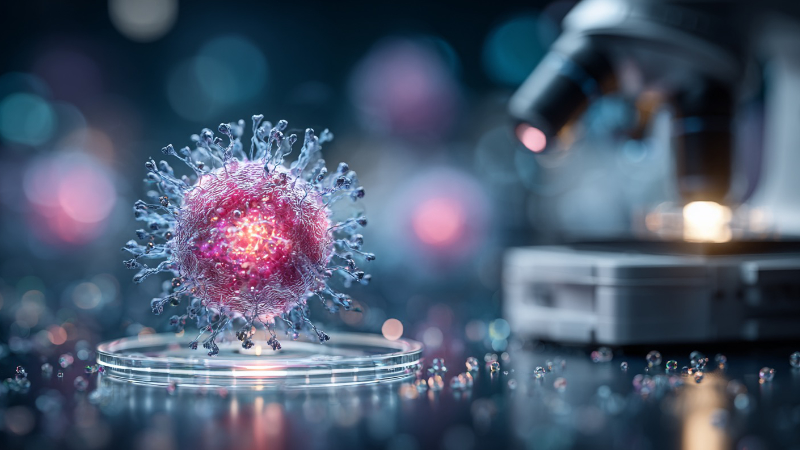AUTHORS:
Alois Jungbauer, Scott Wheelwright, Downstream processing of AAV based gene therapy vectors, Separation and Purification Technology, Volume 368, 2025, 133051, ISSN 1383-5866,
Scientists are working with tiny particles called Adeno-Associated Viruses (AAVs) to deliver new medicines directly into cells to treat genetic diseases. Think of AAVs as microscopic delivery trucks for genes. However, producing these AAVs in a pure and effective form is a major hurdle. When they are made, many of the “trucks” can be empty, broken, or clumped together, and only a small fraction are the perfectly filled ones needed for therapy. Separating the good AAVs from the faulty ones is like finding a few perfect apples in a giant barrel of mixed-quality fruit.
Researchers, including those from BOKU University, the Austrian Centre of Industrial Biotechnology (acib), and Biochromatogaphix Ltd., are developing better “cleaning” and “sorting” techniques. These methods, like super-powered spinning (ultracentrifugation) and special filters (chromatography), help to isolate the useful AAVs. The challenge is to make these processes efficient, scalable for large quantities, and not too expensive.
Improving how we make and purify these AAVs is crucial. If scientists can get more of the “good” AAVs and remove the “bad” ones more easily, it could lead to more effective gene therapies for a wider range of diseases. This research aims to make these advanced treatments more affordable and available to patients who need them, potentially transforming how we tackle many currently incurable conditions and significantly advancing medical biotechnology.
